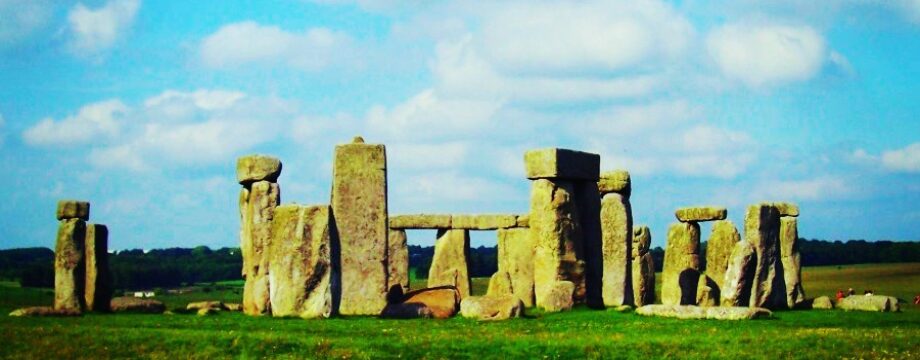Monthly Archives: March 2014
Behind the Kremlin Wall in Moscow
Behind the Kremlin Wall in Moscow After posting about the awesomeness that is the Red Square Moscow, guess what is next? We are going behind the Kremlin Wall! Московский Кремль What is behind the Kremlin Wall in Moscow? The first word that comes to mind: DIAMONDS!! Of course, there are many other things but I … Continue reading
Red Square Moscow
Red Square Moscow – Красная площадь I finally made it to Russia and in particularly Red Square Moscow after years of planning and planning including getting a Russian visa. It is on my bucket list and a trip of a lifetime! I enjoyed four days in Moscow before heading to Sochi to cheer Canada on during … Continue reading
Guest Post: Australia
Australia’s Overlooked Historical Wonders From the Acropolis in Greece to the Forbidden Palace in China to Machu Pichu in Peru, there are so many history-rich destinations for a globe trotter to roam. For a history addict like me, standing in places with such extraordinary historical significance means stepping back hundreds or thousands of years into … Continue reading

